When it comes to maintaining industrial water systems, one often-overlooked yet vital component is the intake screen. Think of it as the system’s first line of defense—quietly doing its job to keep everything downstream running smoothly. But what happens when it gets clogged, corroded, or neglected?
Let’s explore why intake screen cleaning isn’t just a good maintenance habit—it’s critical for performance, compliance, and cost-efficiency.
What Is an Intake Screen, and Why Does It Matter?
An intake screen is essentially a filtration barrier installed at the entrance of industrial water intakes—typically located in rivers, lakes, or reservoirs. Its job? To prevent debris, aquatic life, and sediments from entering pumps, pipes, and treatment systems.
Types of Intake Screens Commonly Used:
- Trash racks – for large debris like branches or plastic.
- Wedge wire screens – for fine filtration.
- Traveling band screens – automatic and continuous cleaning systems.
- Drum and cylindrical screens – ideal for power plants and desalination intakes.
Each screen type requires tailored cleaning protocols—but all of them can lead to system-wide inefficiencies if poorly maintained.
What Happens When Intake Screens Are Not Cleaned?
Neglecting intake screen maintenance can create a chain reaction of problems:
- Reduced water flow: Debris buildup restricts intake capacity.
- Increased energy consumption: Pumps work harder, increasing power usage.
- Damage to downstream equipment: Corrosion and sediment overload lead to expensive repairs.
- Environmental compliance risks: Screens help prevent fish entrapment and pollutant entry.
In short, dirty screens can bring operations to a halt—and regulators won’t be forgiving.
How Is Intake Screen Cleaning Performed?
Cleaning methods vary depending on screen type and system scale. Here’s a breakdown of the most common techniques:
Manual Cleaning
Used for basic screens in low-flow environments. It involves:
- Shutting down the intake.
- Removing the screen using mechanical winches or cranes.
- Physically brushing or pressure-washing off debris.
Air or Water Backlashing
Ideal for self-cleaning wedge wire screens, especially in remote or underwater applications.
Robotic or ROV Cleaning
In underwater intakes (e.g., desalination plants), divers or remotely operated vehicles (ROVs) perform routine cleaning without disrupting operations.
Automated Systems
Larger plants use traveling screens that rotate and clean themselves using spray nozzles and debris removal troughs—minimizing manual labor and downtime.
Compliance and Environmental Impact
Clean intake screens are not just an operational issue—they’re also an environmental requirement.
Authorities like EPA, UAE Environment Agencies, and municipal regulators require that:
- Screens do not harm aquatic life.
- Water intakes meet minimum flow efficiency.
- Maintenance logs are available for inspection.
Failing to maintain screens can lead to penalties, or worse, revocation of operating permits.
Real-World Insight
At a coastal desalination plant in Ras Al Khaimah, engineers noticed a 20% drop in intake flow. Upon inspection, marine growth and jellyfish blocked half the intake area. A scheduled ROV cleaning restored full capacity and saved an estimated AED 150,000 in energy losses over three months.
This isn’t a rare case—marine fouling, seasonal debris, and biological growth can severely impact performance if intake screens aren’t regularly cleaned.
Tools & Tech You’ll Need
Whether you’re a facility manager or a marine contractor, keep these on hand:
- Underwater ROVs or diver teams
- High-pressure washers (min. 3000 psi)
- Submersible cameras for inspection
- Screen lifting gear (cranes, hooks, winches)
- Cleaning logs and maintenance software
Takeaway
Clean intake screens = reliable water systems.
Whether you’re running a cooling tower, a wastewater treatment facility, or a desalination plant, intake screen cleaning should never be a back-burner task. It’s a small maintenance action with massive operational and environmental benefits.


